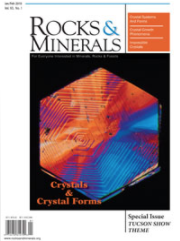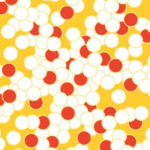 Atmospheric science experts Lynn Mazzoleni (Chem) and Claudio Mazzoleni (Physics), traveled more than 8,000 miles from Houghton to the National Institute of Technology Calicut (NIT) in the Southern Indian state of Kerala. Invited by Ravi Varma, associate professor of physics at NIT, and sponsored by the Global Initiative for Academic Networks (GIAN), their three-week trip was punctuated by local cultural experiences, sandwiched between giving several academic lectures.
Atmospheric science experts Lynn Mazzoleni (Chem) and Claudio Mazzoleni (Physics), traveled more than 8,000 miles from Houghton to the National Institute of Technology Calicut (NIT) in the Southern Indian state of Kerala. Invited by Ravi Varma, associate professor of physics at NIT, and sponsored by the Global Initiative for Academic Networks (GIAN), their three-week trip was punctuated by local cultural experiences, sandwiched between giving several academic lectures.
They participated in a six-day GIAN-sponsored workshop, “Atmospheric Aerosol: Optical Properties, Composition, and Effects on Climate,” for students and junior faculty from NIT and elsewhere. The GIAN program is funded by the Indian government to foster high-quality international experiences and to elevate India’s reputation in science, technology, engineering and mathematics (STEM). One way to achieve the mission is by inviting internationally renowned scientists like the Mazzolenis to share their expertise in atmospheric aerosols.
Read the full story on mtu.edu/news.







